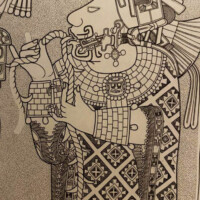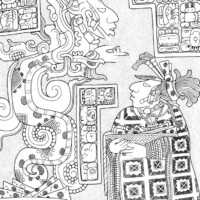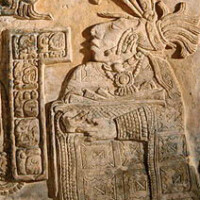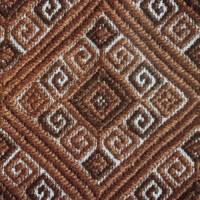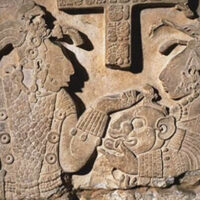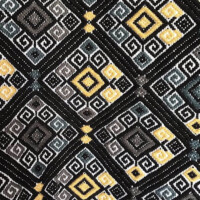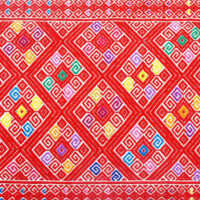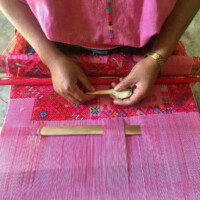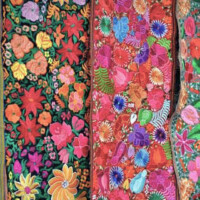STORIES WOVEN INTO FABRIC FOR THOUSANDS OF YEARS

Maya women in the highlands of Chiapas, Mexico have been weaving patterns passed down from generation to generation. Thus, symbols of the past have been handed down to today’s weavers telling a story that has been told for thousands of years.
The exquisitely brocaded textiles produced by the Tzotsil women of the Highlands of Chiapas replicate patterns that were in vogue during the heyday of the Classic Maya civilization. One can compare the patterns of brocade and embroidery represented in the many bas-relieves showing ancient Maya royalty sporting elaborate costumes while engaged in ritual and ceremony more than fifteen hundred years ago and look at what their descendants are wearingtoday and identify the same motifs.
Breakthrough discoveries and comparisons were made by textile expert Walter F. Morris who studied for decades the symbolism in the Maya textiles comparing it to the archaeological register, discovering the direct connection and interpreting the messages conveyed by the encoded messages contained in “huipiles” garments worn by women, which happen to be the most ornate items of clothing worn by Indigenous peoples.
Many aspects of Mesoamerican and Mayan culture were banned during the colonial period and disappeared. The ball game was prohibited. The calendar was made illegal by the Catholic friars. Mayan hieroglyphic writing was labeled as the work of the devil. America lost tons of valuable knowledge irreversibly. Fortunately, scholars and experts are rescuing past knowledge. Today, epigraphers are able to read ancient texts once again. Thanks to a handful of Indigenous peoples that continued playing the Mesoamerican ball game in secrecy in remote placesthe game is still alive.
The tradition of telling stories of creation and Maya cosmogony through weaving and brocading where only slightly interrupted and survived well into the twenty first century. Today, Maya weavers extend the story of their culture through the woven stories told in their garments. Chiapas is the epicenter of Maya history conveyed through textiles.
The Maya Textile Museum in San Cristóbal de Las Casas, Chiapas houses a collection of thousands of samples of textiles from the entire Maya area. The collection includes textiles from Guatemala, Campeche, Yucatan and Chiapas. However, when you visit Chiapas, you should not limit your experience to visiting a museum. When you come here, you can book trips to the nearby villages to visit master weavers and artisans and have an in depth cultural experience with native artisans and families.
“Stories women into fabric for thousands of years” by Roberto Murphy.

